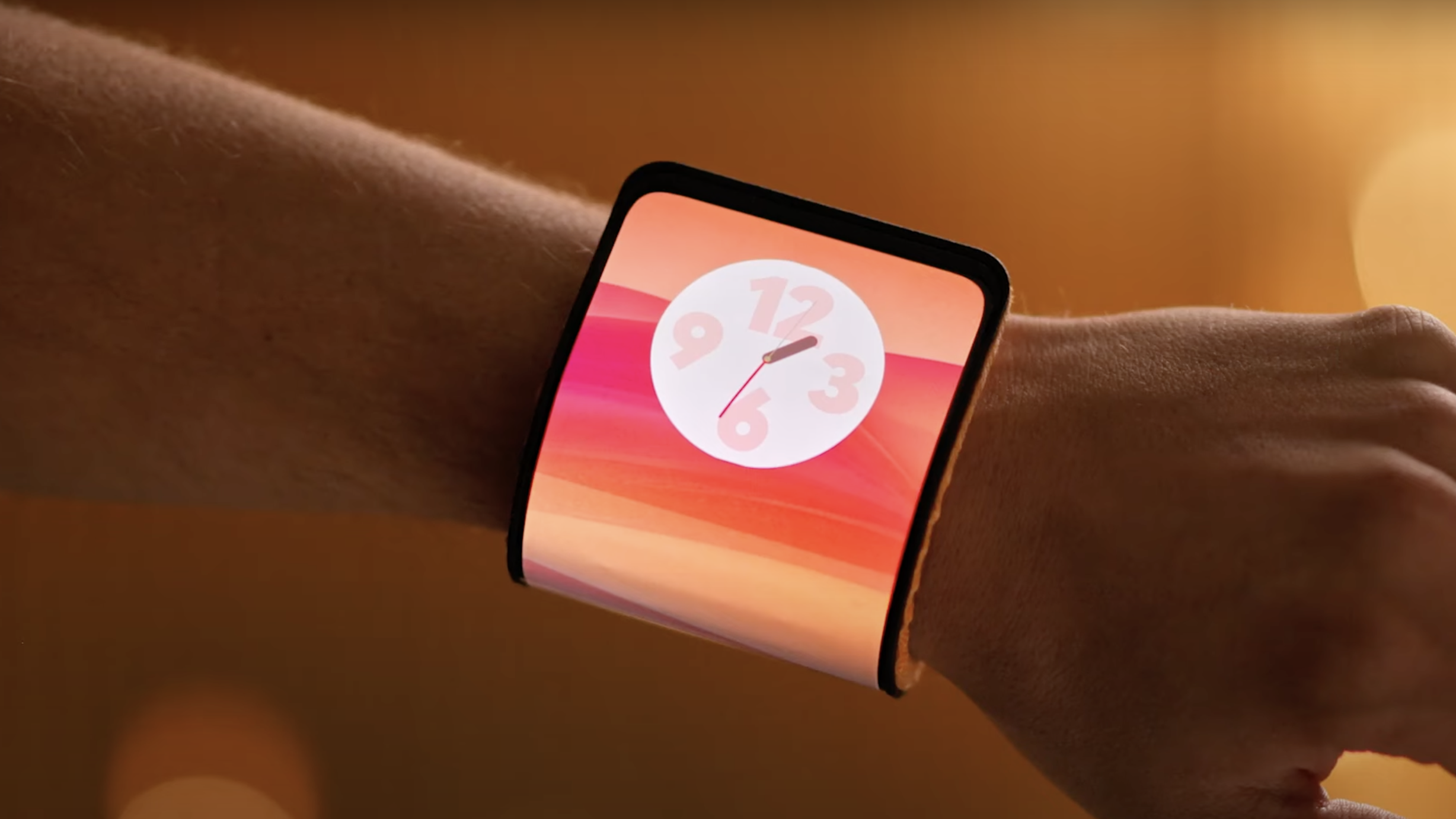
Tucked away in a secret hotel meeting room away from the main Mobile World Congress show, which takes place in late February each year in Barcelona, I got to experience Motorola's forthcoming innovations – and the standout product was the foldable-phone-meets-wearable concept called the Motorola Adaptive Display. Could this be a glimpse at the future of the best phones?
First announced back in October of last year, the Adaptive Display isn't precisely an MWC 2024 reveal, then, but it's the first time that I – and a small handful of other invitees – were able to get a behind-closed-doors full hands-on touch-and-try session with the concept, which explores the future of phones and how we might interact with these integral tech devices every day.
In its flat position, the Adaptive Display – and I do wish Motorola had awarded this concept with a cooler name, quite honestly – looks pretty much like a regular phone. The back is a material finish, however, so that tactile difference is the first clue that this is a whole other kind of phone. Flexing it is easy: I was able to bend it through various stages into its maximum of a C shape with no fear of breaking the device.
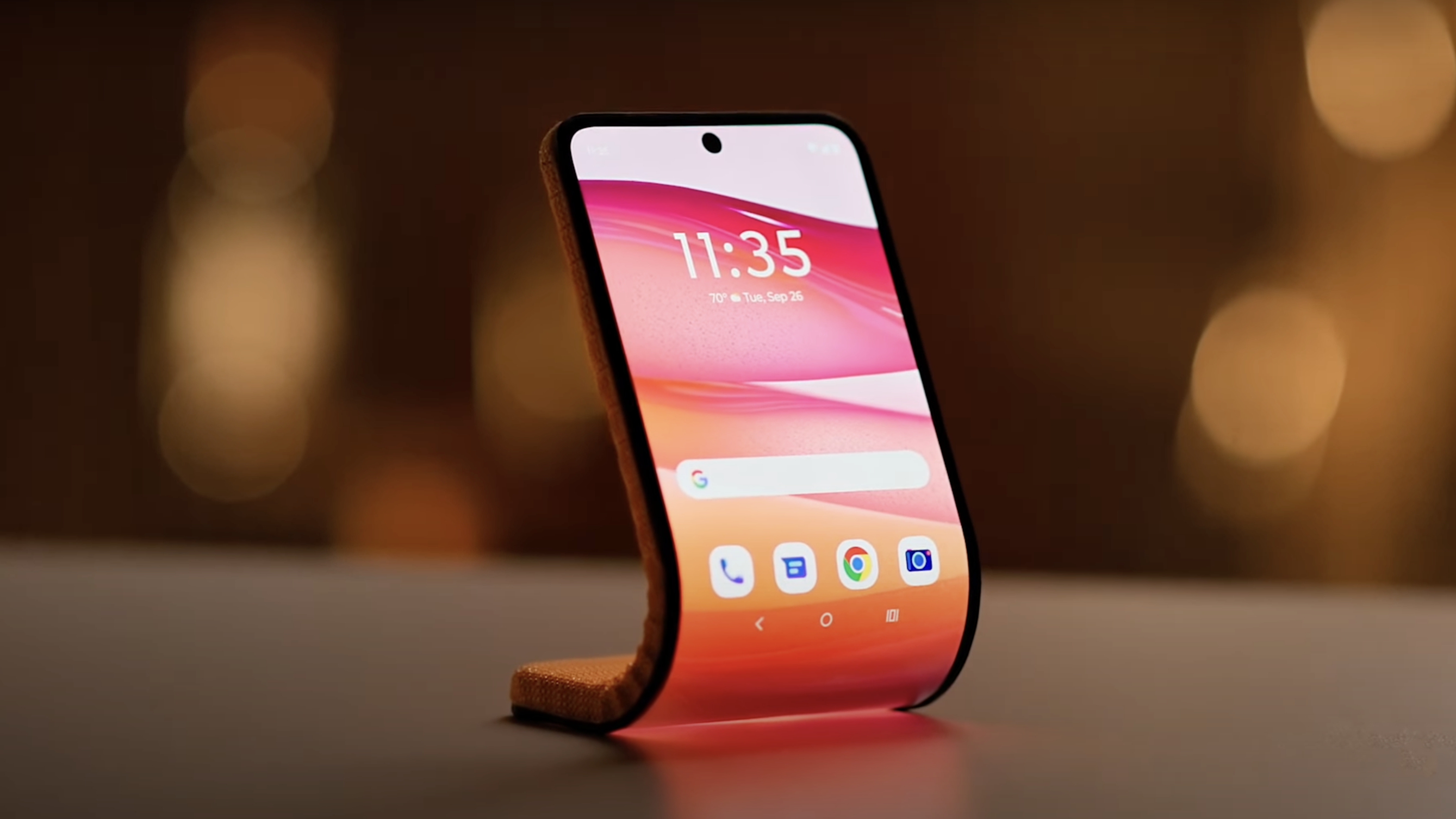
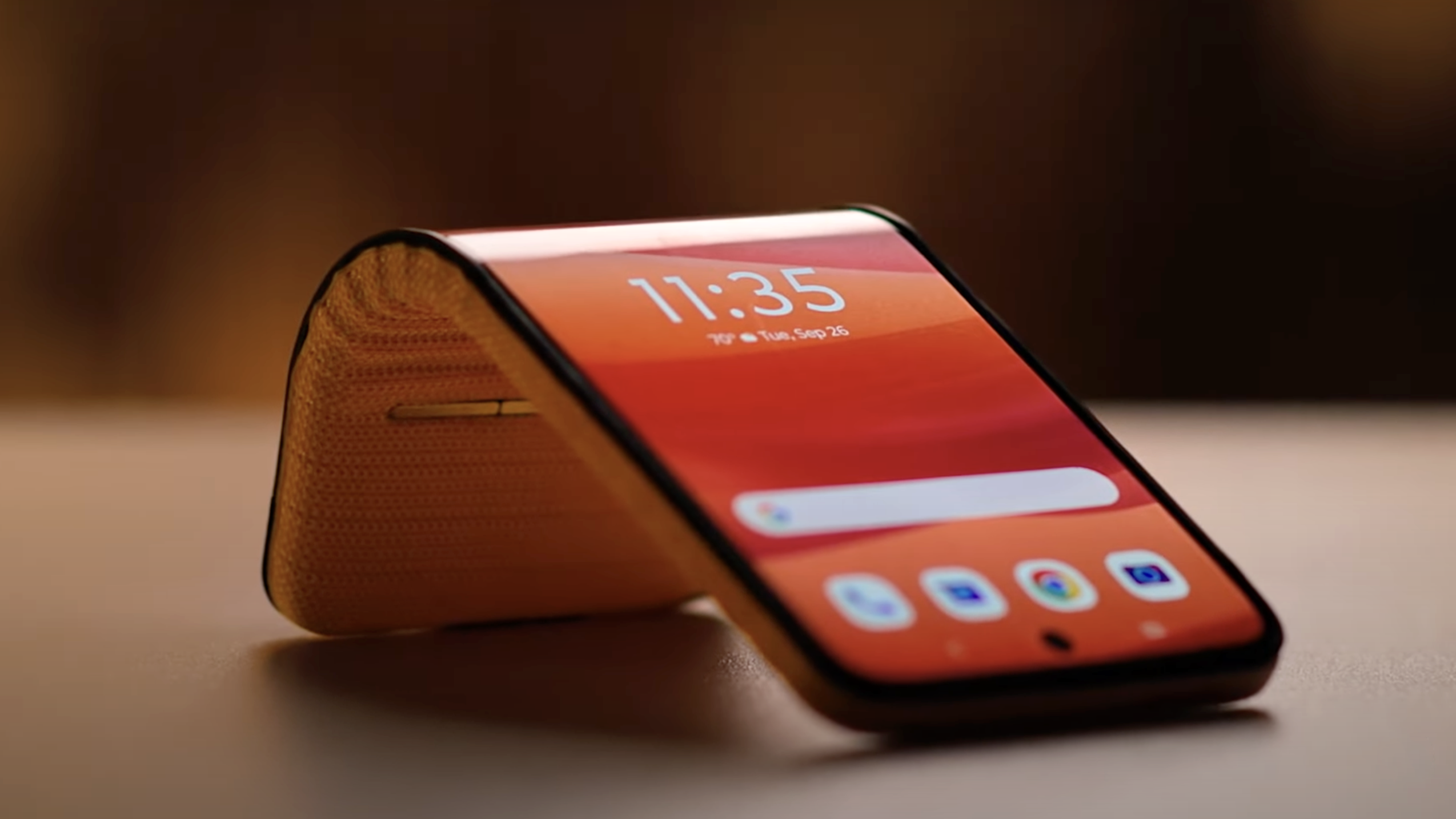
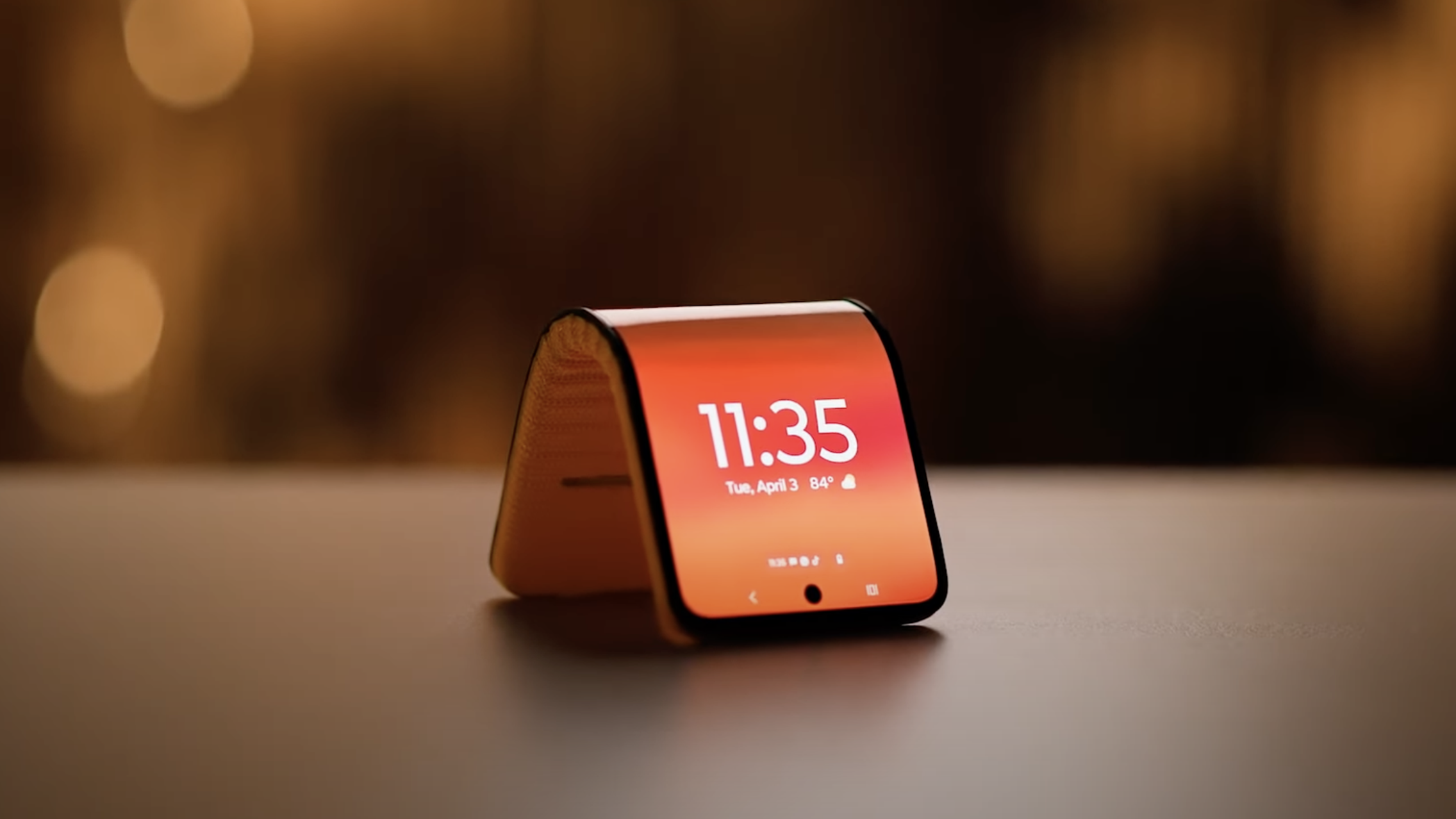

Because the Adaptive Display doesn't angle through a single hinge, as per the best folding phones, whether folding it only partially – for on-desk self-support mode, as shown in the above gallery of images – or folding it to the maximum, it means the battery unit within is actually divided into many multiples. That's why the rear has that ridged appearance, with lots of battery strips connected together to allow for a fluid and convincing fold.
Why would you want to fold it into a full C shape though? This is where the Adaptive Display reveals its most interesting aspect: you can wear a little wrist bracelet and then magnetically attach the phone to your wrist, in a wrap-around form, and it becomes half phone, half wearable. It's nothing like a smartwatch, of course, and I found it rather bulky to wear – but with the screen smart enough to understand its positioning, it then automatically only permits an aspect of the display to be used.
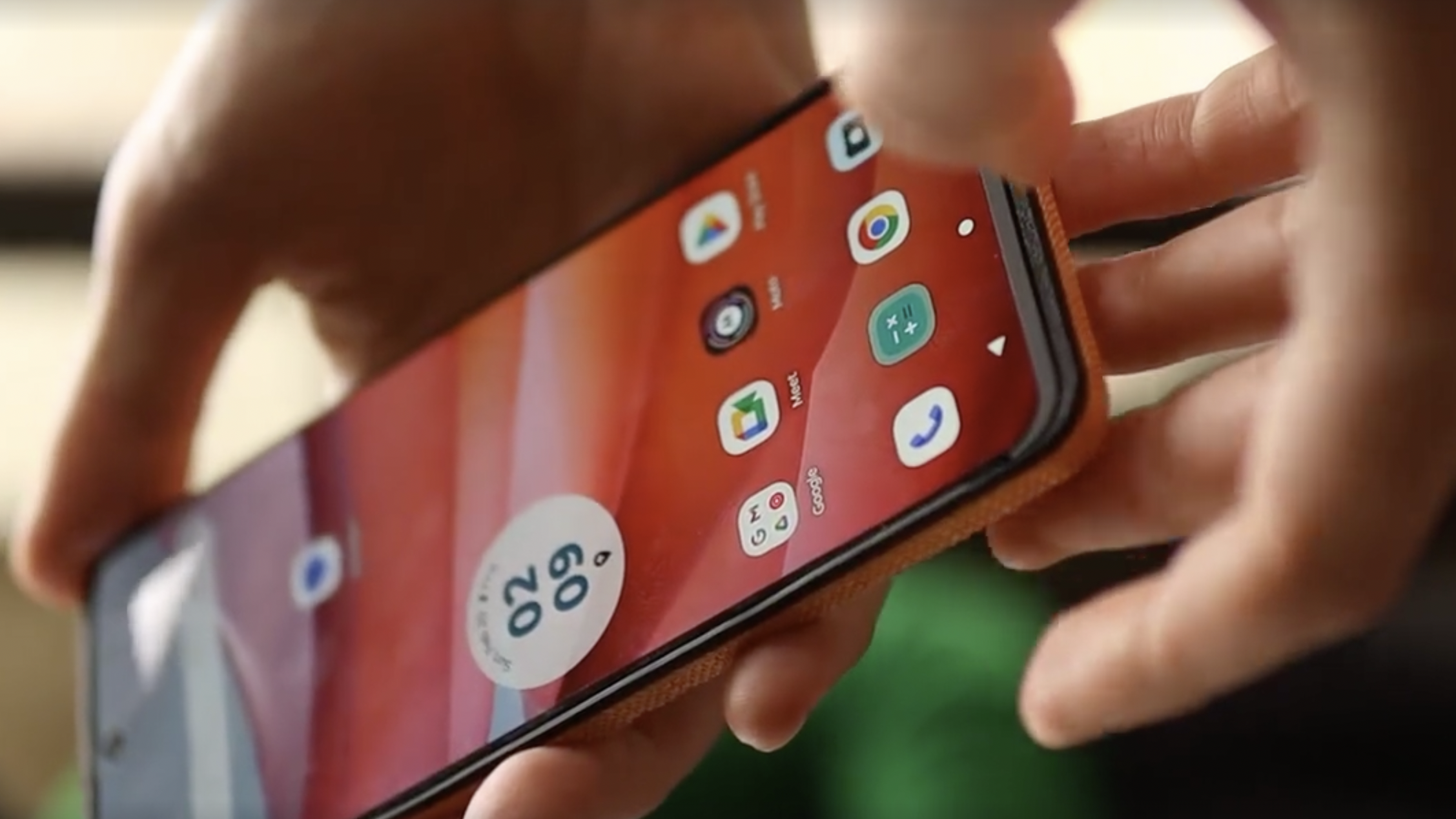
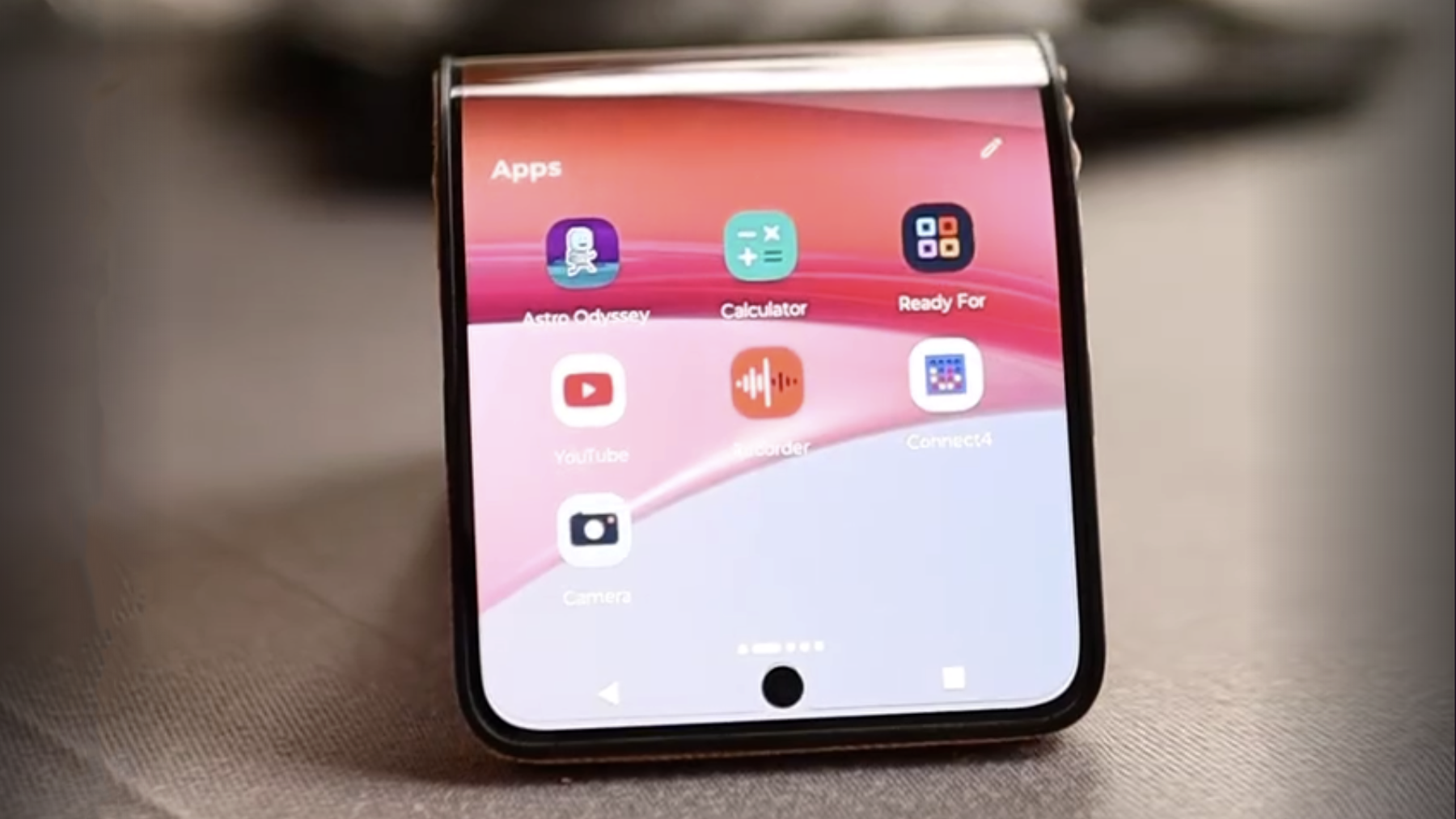
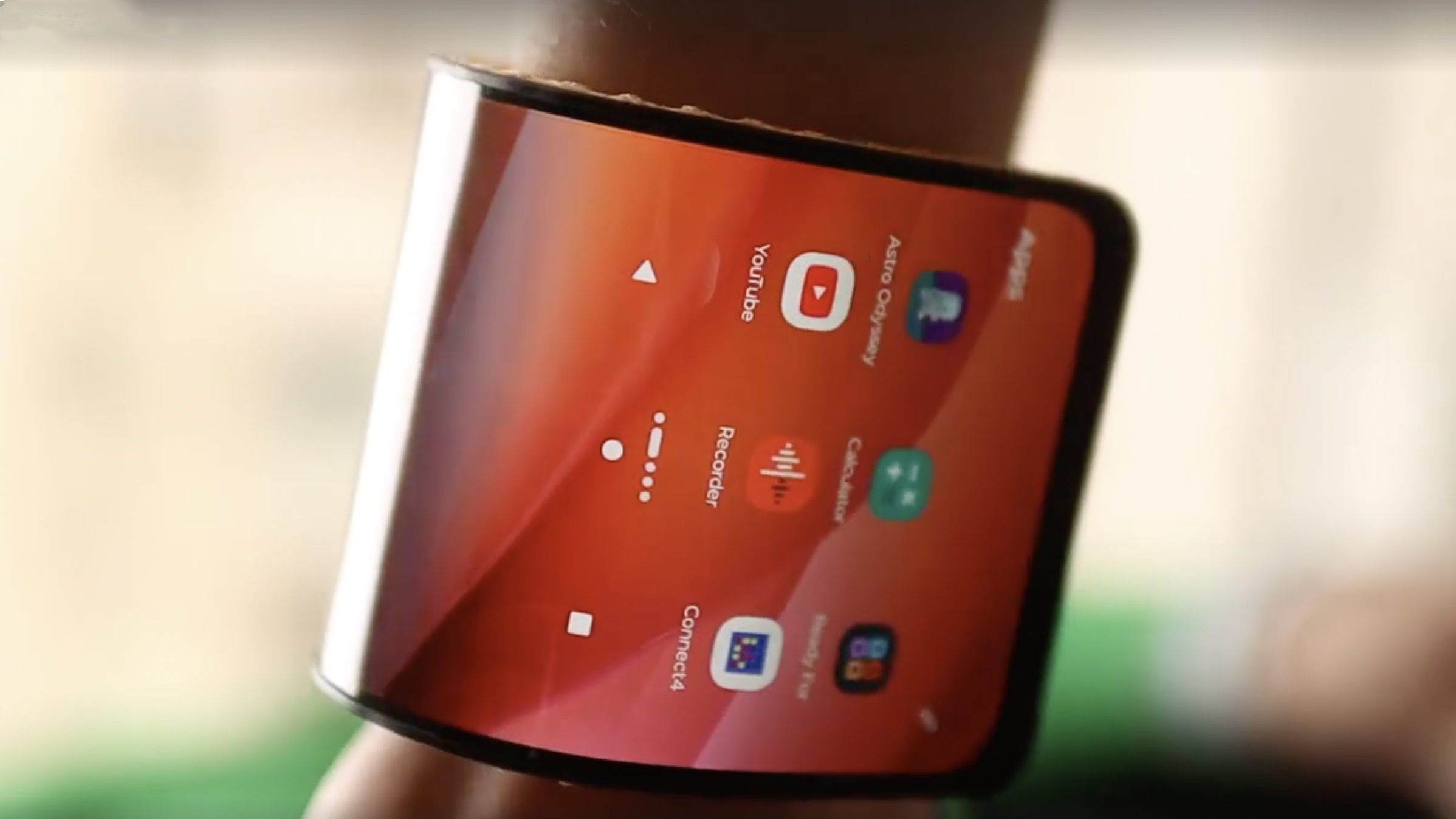
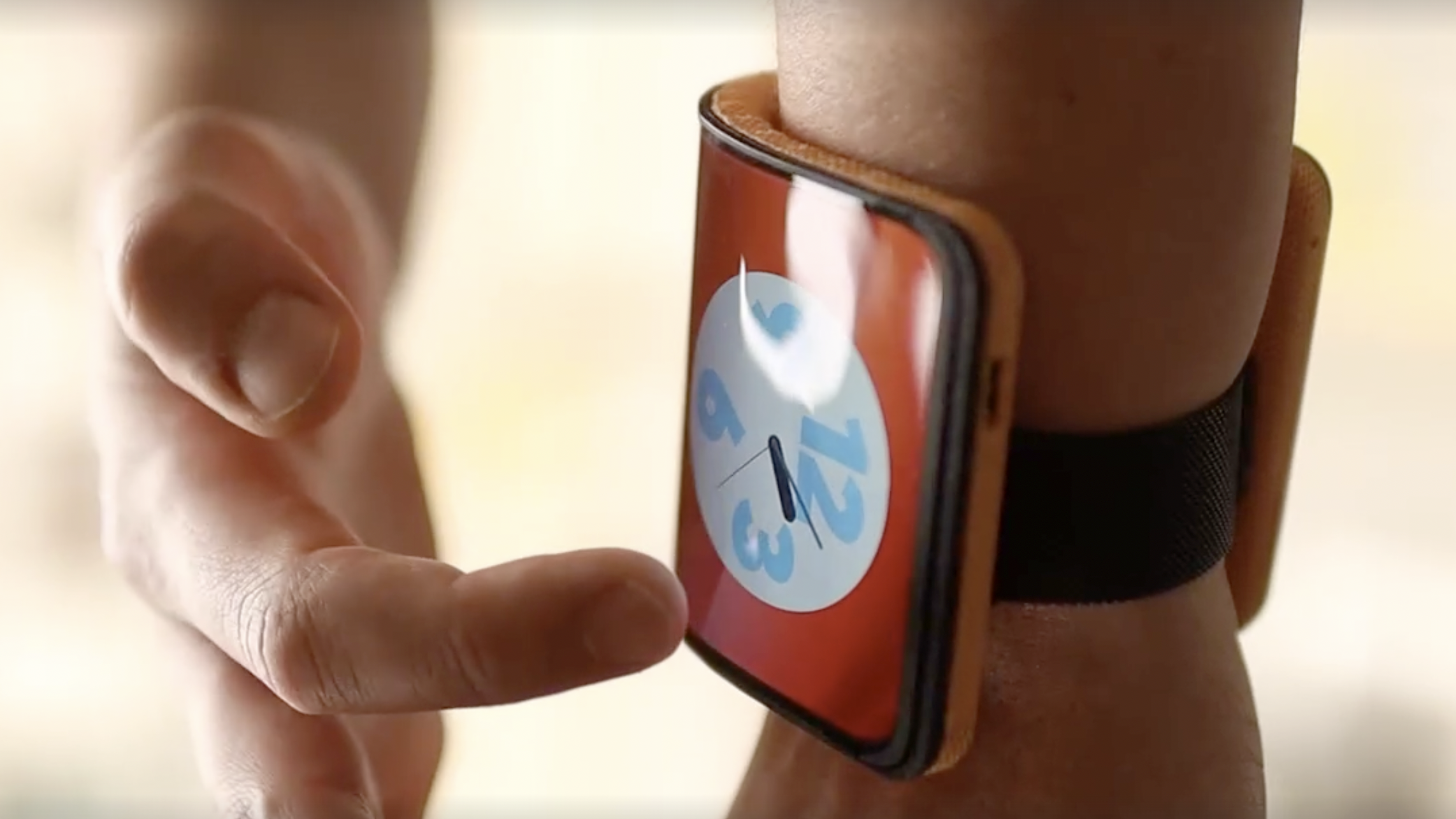
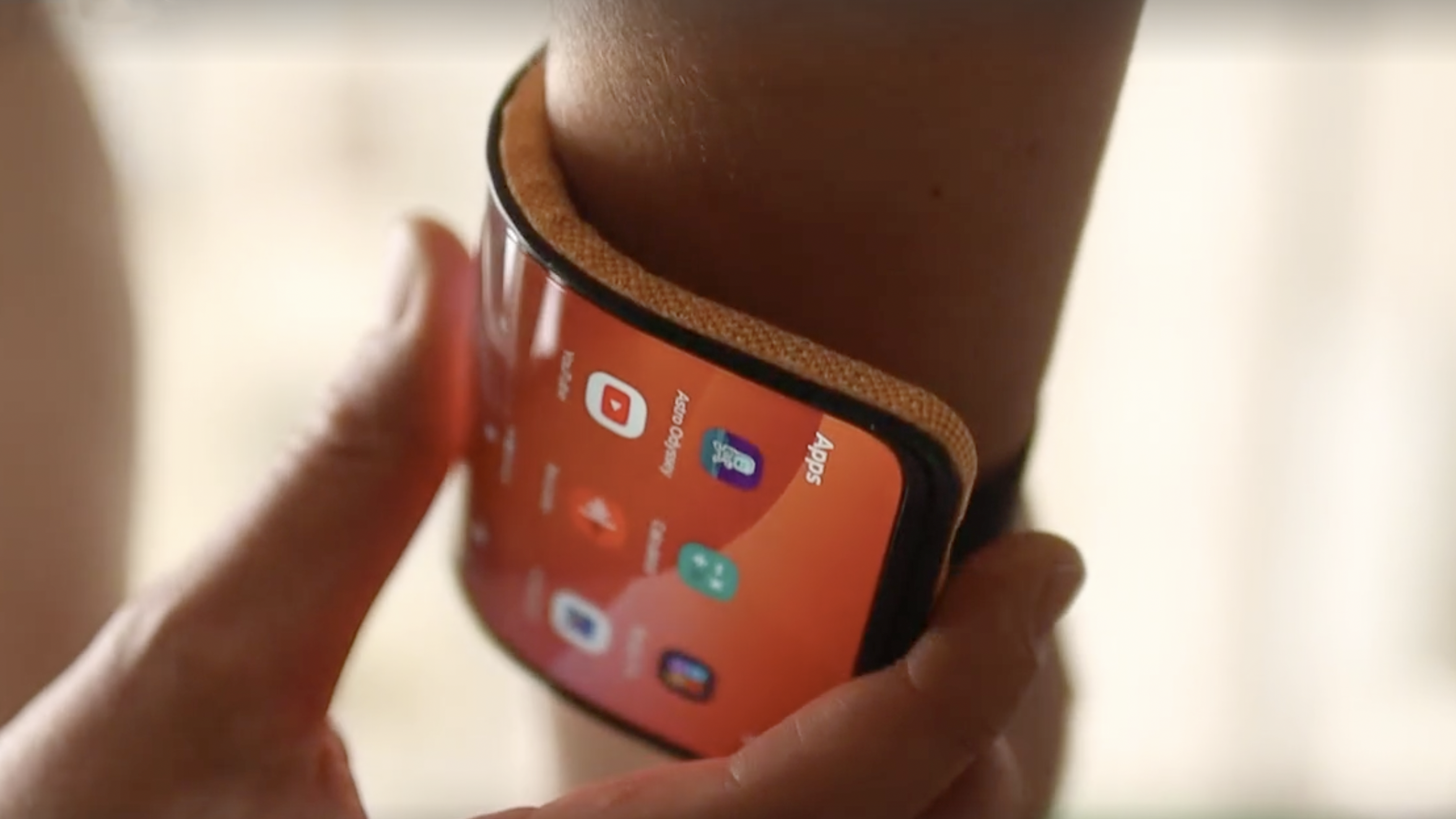
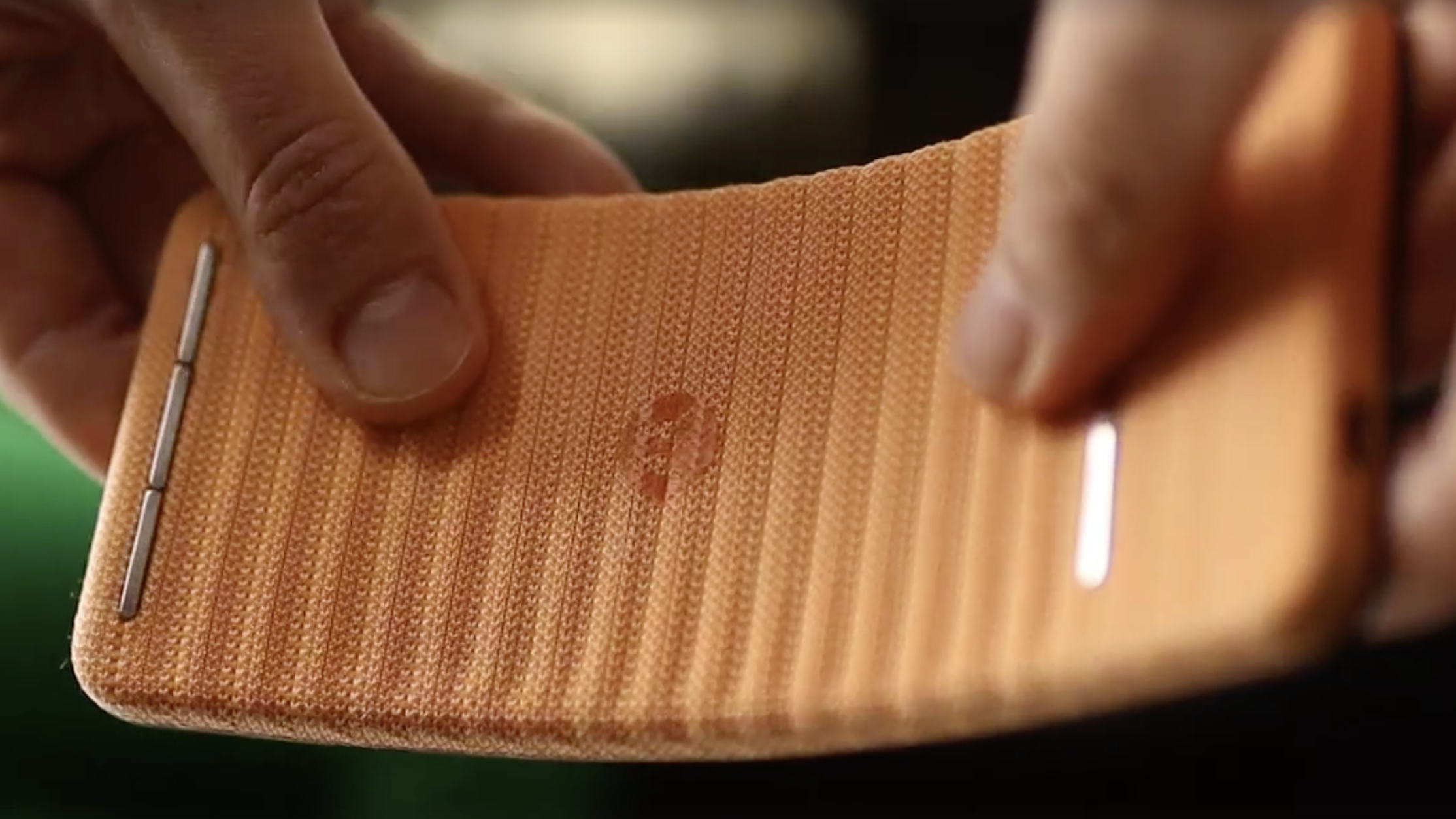
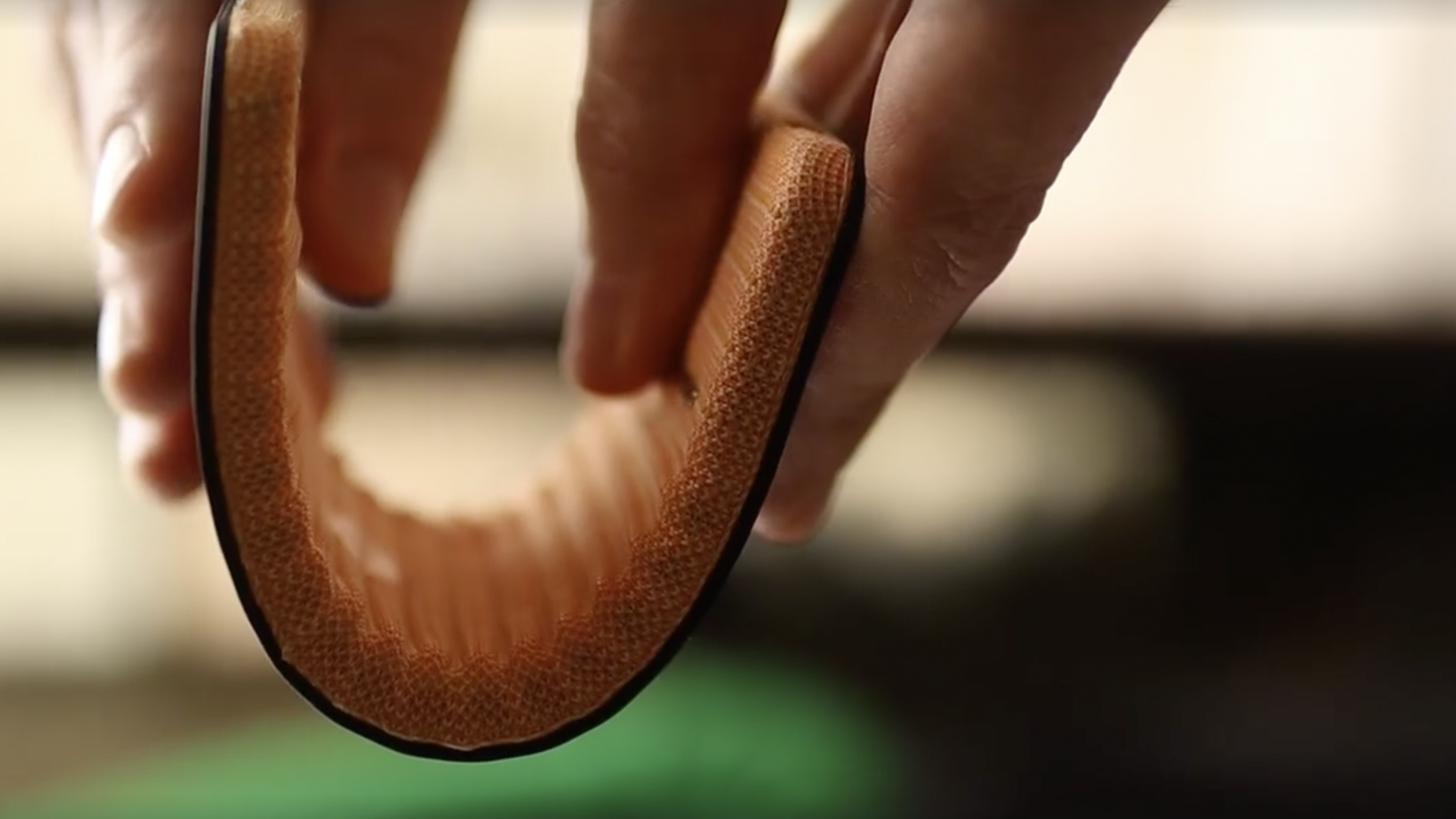
This 'mini display' is a lot like the cover display you'll find on the Motorola Razr 40 Ultra. More of an at-a-glance screen, but one where specific app shortcuts and even apps miniaturised to the given display area, can be launched and interacted with. Much more sensible than having a full phone wrap-around on the wrist. Prodding the device is no bother for stability either – indeed I was able to shake my wrist vigorously with no threat of the phone detaching itself and going flying across the room. Which is certainly for the best, as that wouldn't be a great look when interacting with a pricey phone concept.
This is just a concept, though, one that presents a fascinating idea, and helps to blur the boundaries between wearables and phones. It won't make it to market in this form, but it could open the door for other wearable forms, be they phones specifically or different communications devices that could work in this format. The Adaptive Display is why I love shows such as MWC 2024: to get a glimpse of the future, however whacky or unlikely, and feel a spark of surprise and delight from that.
Sign up to the T3 newsletter for smarter living straight to your inbox
Get all the latest news, reviews, deals and buying guides on gorgeous tech, home and active products from the T3 experts

Mike is T3's Tech Editor. He's been writing about consumer technology for 15 years and his beat covers phones – of which he's seen hundreds of handsets over the years – laptops, gaming, TV & audio, and more. There's little consumer tech he's not had a hand at trying, and with extensive commissioning and editing experience, he knows the industry inside out. As the former Reviews Editor at Pocket-lint for 10 years where he furthered his knowledge and expertise, whilst writing about literally thousands of products, he's also provided work for publications such as Wired, The Guardian, Metro, and more.
-
 3 overrated shoulder exercises, according to a fitness expert (and what to do instead)
3 overrated shoulder exercises, according to a fitness expert (and what to do instead)Sculpt 3D shoulders whilst minimising injury with these three alternative exercises
By Bryony Firth-Bernard Published
-
 Polar’s new subscription feature lands in the shadow of Garmin’s Connect+ rollout
Polar’s new subscription feature lands in the shadow of Garmin’s Connect+ rolloutPR genius or timing disaster? Polar’s new Fitness Programme adds adaptive training to its ecosystem
By Matt Kollat Published